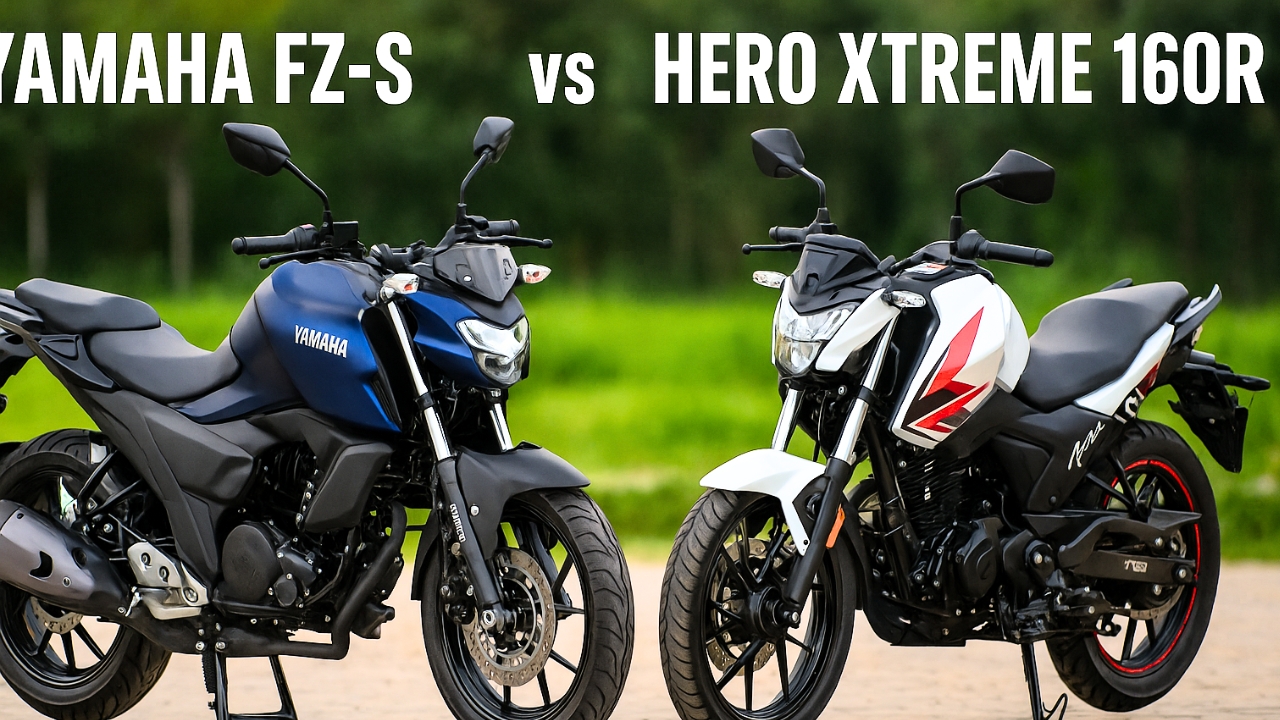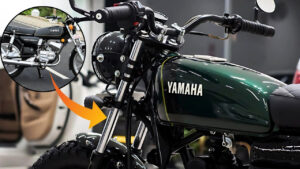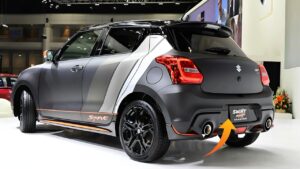The battle of the 160cc streetfighters is heating up, and two names keep clashing at the top Yamaha FZ-S and Hero Xtreme 160R. Both promise style, agility, and value, but if you’re riding through India’s chaotic cities every day, the question changes from Which has more features to Which one feels better in the mess of daily urban life
Most comparison reviews focus on engine numbers and spec sheets. But for someone who commutes 40–50 kilometers through narrow lanes, bumper-to-bumper jams, sudden potholes, and flyovers what matters most is real-world behavior.
So instead of a brochure war, here’s a raw, honest comparison of how these two bikes perform in the place they matter most: India’s crowded, unpredictable city streets.
Seating Ergonomics: Who Feels Natural in Stop-Go Riding?
The Yamaha FZ-S has always been known for its relaxed riding triangle. The rider sits a little upright, with slightly raised handlebars that keep the wrists relaxed during long commutes. The seat cushioning is wide, which helps on rough roads or if you’re carrying a pillion.
In contrast, the Hero Xtreme 160R offers a more compact, slightly forward-leaning posture. It feels sportier, and gives the rider more control in tight lanes or when zig-zagging through autos and rickshaws.
But here’s the catch for short rides or city hops, the Xtreme feels sharper and more agile. For longer commutes, the FZ-S is more forgiving on your back and shoulders.
Low-Speed Rideability: Which One Hates Traffic Less?
This is where the Hero Xtreme 160R surprises everyone. Thanks to its low kerb weight (just 139 kg) and short wheelbase, it handles tight spaces like a pro. Whether it’s squeezing between buses or rolling out of a basement parking ramp, the bike feels light and responsive.
The FZ-S isn’t far behind, but its heavier feel and slightly softer front suspension make it better suited to smoother flow than tight stop-go chaos.
In pure urban congestion, the Xtreme is the better scalpel. But in mild traffic, the FZ-S offers a more relaxed rhythm.
Engine Performance: Quick Spurts vs Calm Composure
On paper, the Xtreme 160R produces around 15 bhp while the FZ-S sticks to just under 13 bhp. But power delivery is what counts in traffic.
The Xtreme feels more alive in the first three gears. It climbs revs quickly and offers a little punch when you need to overtake. This makes it ideal for short, aggressive riding flyover sprints, U-turn jumps, and lane-switching.
The FZ-S, however, feels smoother and calmer. Its refined engine doesn’t hurry you, but provides a buttery mid-range, which makes it less tiring for commutes that stretch 10–15 km.
If you want power bursts, go with the Xtreme. If you want Zen-mode commuting, the FZ-S wins.
Suspension and Road Conditions: Dealing with Indian Realities
One major win for Yamaha is its suspension tuning. The FZ-S handles bad roads like a champ. Whether it’s broken tarmac, speed breakers, or manhole craters, the front forks and rear mono-shock absorb most of it without jolting your spine.
The Xtreme 160R is stiffer, sportier, and built for precision which means it bounces more on bad roads. The ride is fine on well-laid streets but gets tiring on rural or poorly maintained patches.
So if your route includes flyovers, concrete seams, and uneven corners, the FZ-S glides better.
Fuel Efficiency: Who Saves You More Money Per Month?
In real-world riding conditions, both bikes return decent mileage, but the Hero Xtreme 160R often edges ahead.
The Xtreme gives 50–55 kmpl in mixed riding, thanks to its lighter weight and shorter gearing. The Yamaha FZ-S averages around 45–48 kmpl, slightly lower but still acceptable.
If you’re doing 1000+ km per month, the Xtreme might save you around ₹150–200 in fuel. But it’s the ride feel that might make you choose otherwise.
Looks and Street Presence: The Rider’s Identity
Both bikes look muscular and stylish, but in different ways.
The FZ-S has a more mature, refined stance clean panels, matte finishes, and a low-slung tank design that turns heads quietly. It appeals to those who want their bike to blend with formals and casuals alike.
The Xtreme 160R looks edgy, youthful, and aggressive more appealing to college students and first-time upgraders who want sporty LED DRLs and sharper lines.
If you ride to the office in trousers, the FZ-S is your vibe. If you wear sneakers and college bags, the Xtreme speaks your style.
Daily Living: Service, Build, and Ownership Ease
Both bikes have reliable engines and affordable service costs. Yamaha has a slightly better reputation for finish quality and paint/metal longevity, while Hero offers easier service access even in smaller towns.
Parts for both are available, but Hero’s service network is broader across India. Still, Yamaha’s attention to detail in the FZ-S from switchgear to panel gaps gives a premium feel.
Neither bike will let you down. But if you want city-specific support, Hero’s edge matters. For long-term ownership pride, Yamaha delivers better finesse.
Final Verdict: Which Bike Wins the City Battle?
The Hero Xtreme 160R is a scalpel sharp, light, and energetic. It’s built for riders who want excitement in short bursts, handle their bike like an extension of themselves, and ride in hyper-urban chaos.
The Yamaha FZ-S is a blade smooth, stable, and confidence-boosting. It’s ideal for riders who want peace in their commute, value comfort over aggression, and want their bike to ride like a companion, not a challenge.
So, which one is better?
It depends on your daily rhythm.
- If your city ride is like a race: Xtreme 160R
- If it feels like a meditation: FZ-S
Both are excellent. But your streets will tell you which one to choose.


